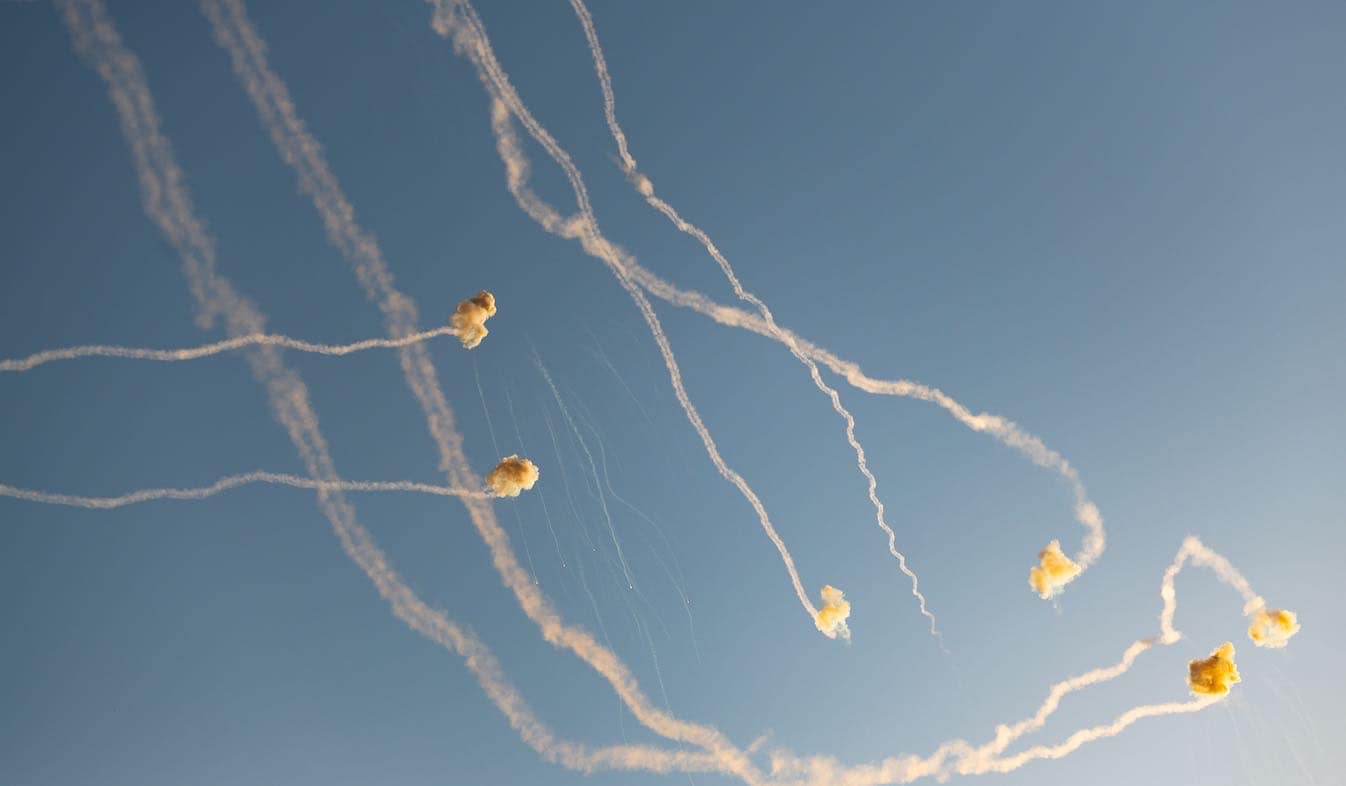Already a subscriber? Make sure to log into your account before viewing this content. You can access your account by hitting the “login” button on the top right corner. Still unable to see the content after signing in? Make sure your card on file is up-to-date.
According to a new report, Israel’s air defense systems are struggling to keep up with a wave of increasingly advanced Iranian ballistic missiles, intercepting only 65% of incoming projectiles in the last 24 hours.
Some shit you should know before you read: If you’re unaware, Israel operates a multilayered air defense system designed to intercept threats ranging from short-range rockets to long-range ballistic missiles. The core components include the Iron Dome, David’s Sling, and the Arrow missile defense system, which intercepts long-range ballistic missiles at high altitudes. On average, these systems have demonstrated interception success rates exceeding 85% in past conflicts. In addition to its own defenses, Israel receives critical support from the United States, which has deployed advanced systems like the Patriot and Terminal High Altitude Area Defense (THAAD) batteries to the region. US Navy destroyers equipped with Aegis missile defense systems have also played a role, intercepting incoming threats and helping to bolster Israeli airspace security during high-volume attacks.

What’s going on now: According to NBC, citing a senior Israeli intelligence official with access to daily briefings, Israel’s interception rate has dropped sharply over the past 24 hours (from around 90% to just 65%). The official, who spoke on condition of anonymity due to the sensitivity of the information, explained that this decline is directly linked to Iran’s deployment of newer, more advanced ballistic missiles. Unlike previous barrages, these latest projectiles are faster, equipped with terminal-phase guidance systems, and more precise in striking their targets. As a result, Israel’s early warning time has shrunk significantly (from the usual 10 to 11 minutes to just six or seven), giving defense systems less time to detect, track, and intercept incoming threats.
In addition to all of this, Iran is now incorporating advanced navigation technologies, allowing for mid-flight course corrections and highly accurate targeting during the final seconds of each missile’s trajectory. Israeli defense officials are also increasingly concerned about Iran’s capacity to sustain this campaign, as intelligence assessments suggest the regime still holds significant missile stockpiles despite recent Israeli airstrikes aimed at degrading launch infrastructure.
This all comes as Israel faces a mounting logistical crisis in sustaining its missile defense operations. In a report by The Wall Street Journal, US officials revealed that Israel is running low on Arrow interceptors, the high-altitude defense missiles used to counter long-range ballistic threats. The report states that the US has been aware of this shortage for months and has worked to bolster Israel’s air defense supply, but American stockpiles are also limited. At the current rate of fire, Israel may only be able to maintain its air defense capability for another 10 to 12 days before needing resupply or direct American military assistance.
Israeli forces are already being forced to prioritize which incoming threats to intercept based on their projected impact zones.







